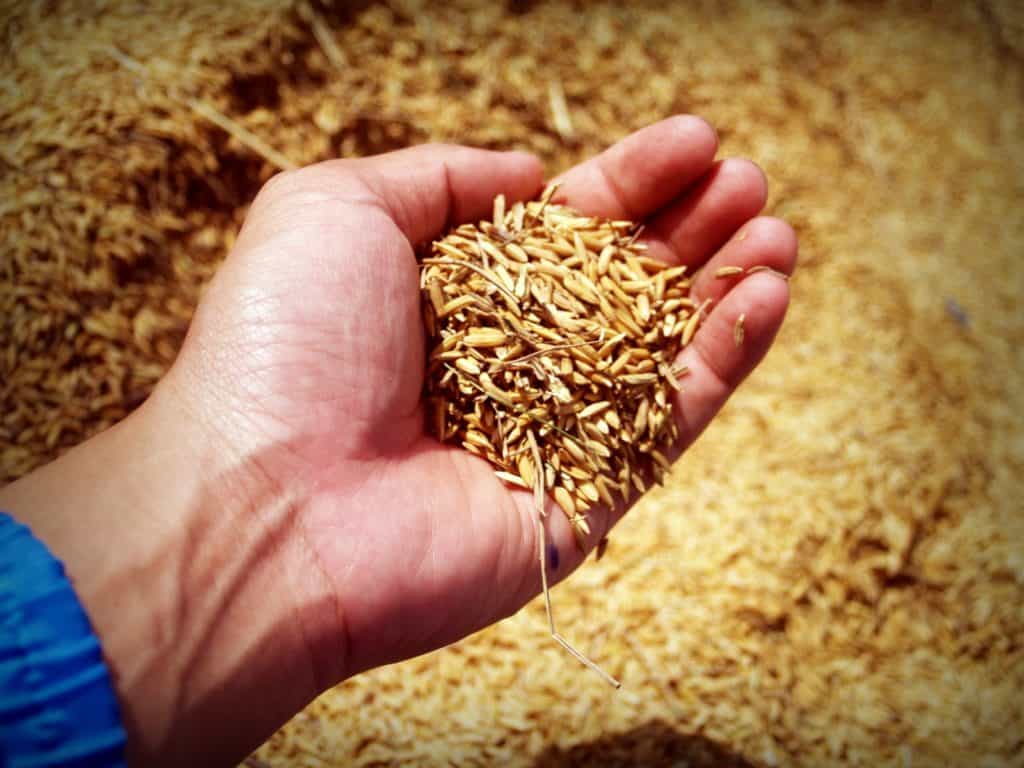The prices of paddy saw an increase in key spot markets in India. This is to see whether the prices are increasing due to the easing of US-Iran tension or not.

The Rise
Basmati paddy prices went up from Rs 3157 to Rs 3229 (2%) per quintal in the third week of January. As per the price index of the Indian Commodity Exchange, prices of this variety fell by 3% to 5% as exporters held shipments on first week of January. This was due to the escalation of tension between Iran and the US.
Similar price increase observed in non-basmati paddy varieties. Paddy prices increased by Rs 25-50 per quintal in many mandis across India. This increase was mainly due to increase in rice prices in Thailand due to drought fears. International markets quoted rice prices at USD 425- USD 428 as against USD 395- USD 420 in the previous week.
Iran and India Rice Trade
Iran accounts for 40% of basmati rice export from India. Amid growing tension between US and Iran, exporters held back their shipments. Besides, delayed payments indicated them not to take any further risk with exports. Payment estimated around 50% of exports to Iran are still due. However, the anticipation of an increase in domestic demand for rice increased its demand for exporters and millers.
Not all States in India Benefiting from Increased Prices
Reports stated that improper storage facilities led to a decrease in the procurement of paddy in Odisha. The state targeted 6 million tonnes whereas only 1.2 million tonnes were procured till 1 January 2020. However, an official from Food Corporation of India affirmed that the procurement of paddy in Northern states was carried properly. Prices in Odisha remained stable with marginal increase.
In all, paddy prices of basmati did increase on the settlement tone of US and Iran. However, paddy prices of non basmati increased due to high demand of international market shifting to India.